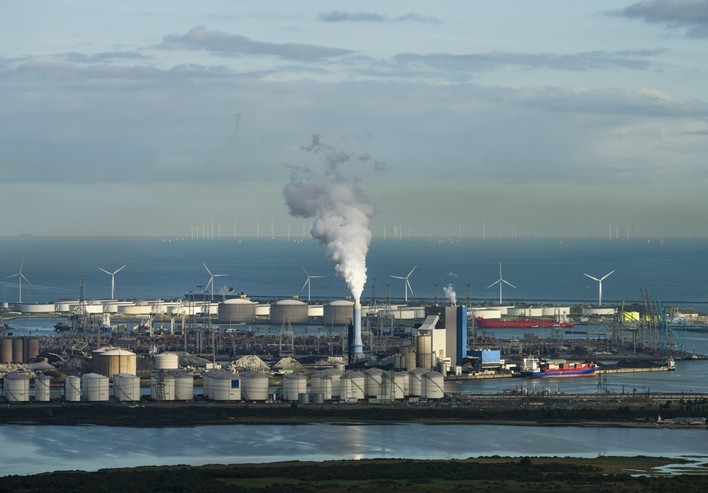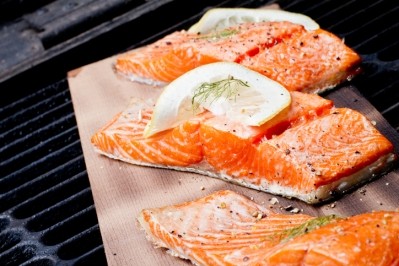Feed protein innovator moves step closer to commercialization

The company uses carbon dioxide and hydrogen as key feedstocks to cultivate microbes for feed protein production via gas fermentation.
Funded by Gemeente Rotterdam, Deep Branch said the project has proven that existing carbon dioxide infrastructure can be used in its protein production process. “It represents another crucial step in de-risking the company’s technology.”
OCAP, a supplier of gaseous carbon dioxide, and Duijvestein, one of Europe’s leading tomato producers, participated in the initiative.
"OCAP supplies CO2 to Duijvestein. Deep Branch hooked on to that supply to validate its process using industrial gas," a spokesperson told us.
This carbon dioxide originates at the Port of Rotterdam and is purified and supplied by OCAP via a pipeline.
In addition, Deep Branch revealed that the Dutch port could potentially be the site of its first commercial scale facility; it would be a key location in terms of its target European aquaculture and livestock markets.
The startup's MPU is a custom-built, containerized version of its proprietary gas fermentation platform technology; the unit, which also has a built-in Enapter electrolyser, allowing it to utilize hydrogen produced in real time, has been deployed on-site with the Drax Power Group in England, in a UK government funded project.
Next steps
Deep Branch's pilot production facility is set to be commissioned in July this year.
This facility will unlock three crucial steps on the road to commercialisation, said the representative.
Those steps include producing sufficient volumes of Proton for application development, in other words, feed trials, along with the validation of key process techno-economic factors at pilot scale and the generation and refining of the datasets required to inform the scale-up design of subsequent demonstration and commercial facilities.
Production goals
Last August, Deep Branch told us the plan is that its first commercial production unit will go live in 2027, and that multiple additional manufacturing facilities would follow.
The company's ambition is to be producing 600,000 metric tons of its protein per year by 2030, utilizing over one million metric tons of CO2 every year.
With salmon feed its “beachhead market”, the company said then it was looking forward to building as much sustainable feed volume as possible in collaboration with Danish aqua feed maker, BioMar. However, John Hays, VP of commercial and sales, Deep Branch, conceded that shifting 600,000 metric tons might be a “tall order” for that subset of the market and that the company would therefore need to explore additional markets.
“We’ve already initiated part of this work via our Innovate UK-funded REACT-FIRST project, where we’re simultaneously testing Proton in poultry feed applications alongside our partners at AB Agri UK and Nottingham Trent University,” said Hays last summer.








